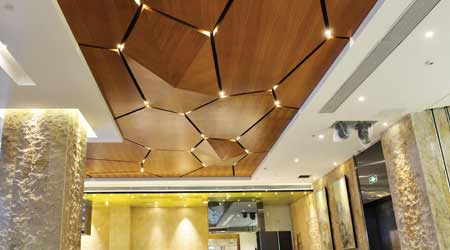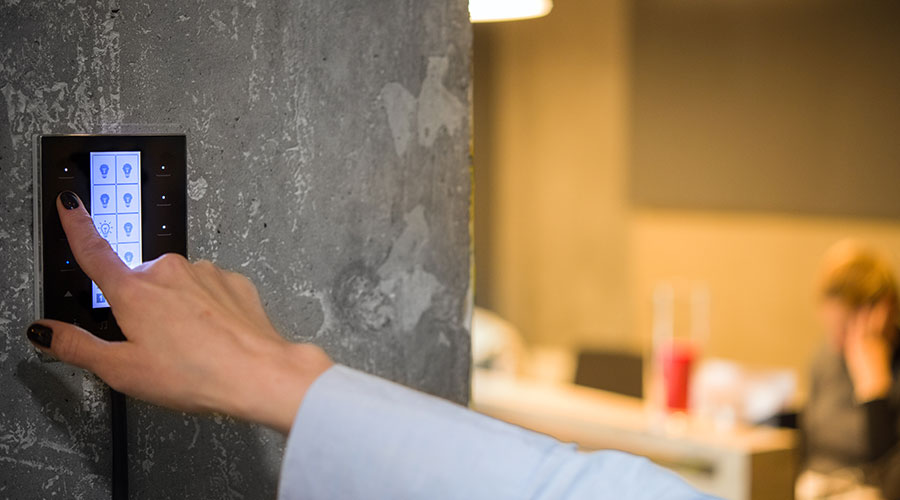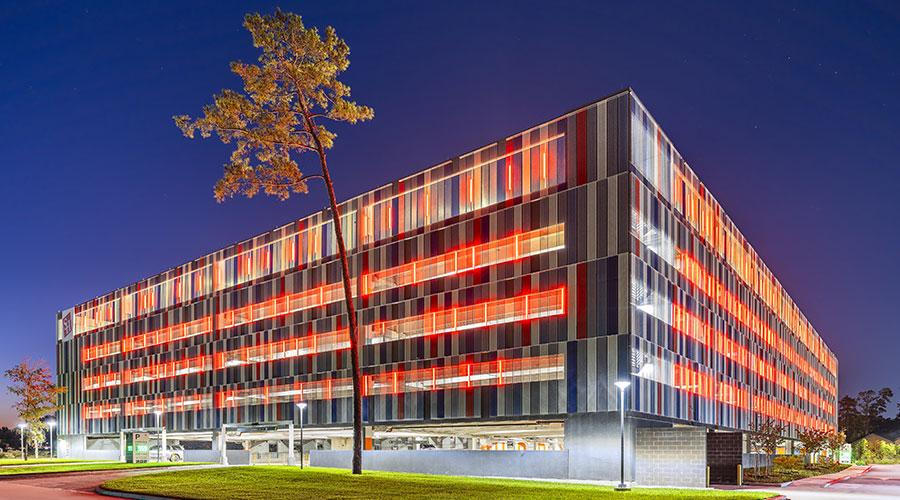 With the promise of longer performance lives and lower costs than traditional lighting systems, LEDs are an appealing option for applications throughout commercial and institutional facilities.
With the promise of longer performance lives and lower costs than traditional lighting systems, LEDs are an appealing option for applications throughout commercial and institutional facilities.LEDs: Making Upgrades Work
Expanding applications and appealing ROI make LED technology an increasingly popular choice for facilities.
The move to light-emitting diodes (LED) in institutional and commercial facilities has picked up steam in recent years. LED technologies offer considerable cost savings and minimized maintenance costs compared to traditional lighting technologies.
Historically, the initial capital cost of switching to or specifying LED systems has been a deterrent, but with advances in manufacturing and the development of an economy of scale, LED applications have become cheaper and more readily available.
The challenge for maintenance and engineering managers is realizing the economy and benefits of carrying out a lighting upgrade project. By understanding the way new-generation LED lighting systems operate and their most common application, managers will be able to plan upgrades that deliver the intended benefits, including energy savings for their organizations.
The appeal of LEDs
By 2035, the total annual energy cost savings of using energy-efficient LED systems will be about $50 billion for businesses and consumers, according to the U.S. Department of Energy. Typical LED lighting applications usually advertise a lifespan of 50,000 hours or more.
As such, the primary appeal of LED lighting systems are the reportedly large energy savings, the promise of minimized replacement bulb costs, and the reduction in hours replacing said bulbs. With longer performance lives and lower costs, LED lighting solutions are an appealing option for applications throughout facilities.
As the name suggests, LED fixtures use a collection of light emitting diodes to create light. In traditional lighting, light is emitted through a reaction in the presence of a vacuum or across different gas mediums. These reactions can create significant amounts of heat as a byproduct. As a solid-state reaction, LEDs produce significantly less heat than traditional lighting methods.
While an LED circuit does create heat over time, manufacturers include heat sink components in fixtures, which has driven up costs. LEDs have been constructed of materials that emit light but also trap that directional light through refraction. But advances in LED technology have led to diodes that can produce considerably higher light output and surpass lamination of traditional lighting fixtures.
Applications expand
The initial application of LED fixtures has been in facility spaces where access was minimal or space occupation was limited. As LED technologies and market offerings have improved, LEDs have fit a wider range of applications. They have been beneficial where special use lighting systems had been used, resulting in considerable cost savings.
LEDs provide directional light, and the quality of that light can be controlled very efficiently. As a result, LEDs can meet the needs of specific tasks and facilities, especially in health care and manufacturing. Advances in the output and economy of LED systems also have resulted in their effective use in general-use and high-occupancy areas, such as offices, control rooms, and multi-use spaces.
Historically, LED products fell short of traditional lighting applications in three areas of operation: product quality, light diffusion, and performance in extreme or dynamic environments. One salient difference between an LED lamp and a traditional source is that the LED is a point-source of light, meaning it is directional and not inherently diffused. As a result, as distance from the point of origin increases, the measurable volume of light drops off drastically.
Because LEDs make monochromatic light — they do not innately produce white light — managers and designers must use strategies to get white light from an LED, such as using red, green, and blue primary colors to make white light. The difficulties in inherent light color production and diffusion require LED lighting applications to use additional technology and hardware, which historically has led to increased application costs.
A third drawback that takes into account the additional hardware needed to achieve quality color and diffusion is that historically, LED lighting systems have encountered problems working in extreme or dynamic environmental conditions, such as hot conditions like those on a data-center floor.
In extreme or dynamic conditions, the components used in LEDs degraded over time, resulting in a reduction of cost efficiency and significant decrease in actual lifespan. As LED products have become more mainstream and economies of scale have developed, these drawbacks have been offset by more efficient and robust components, as well as by a decrease in the upfront capital cost of LEDs.
Related Topics:














